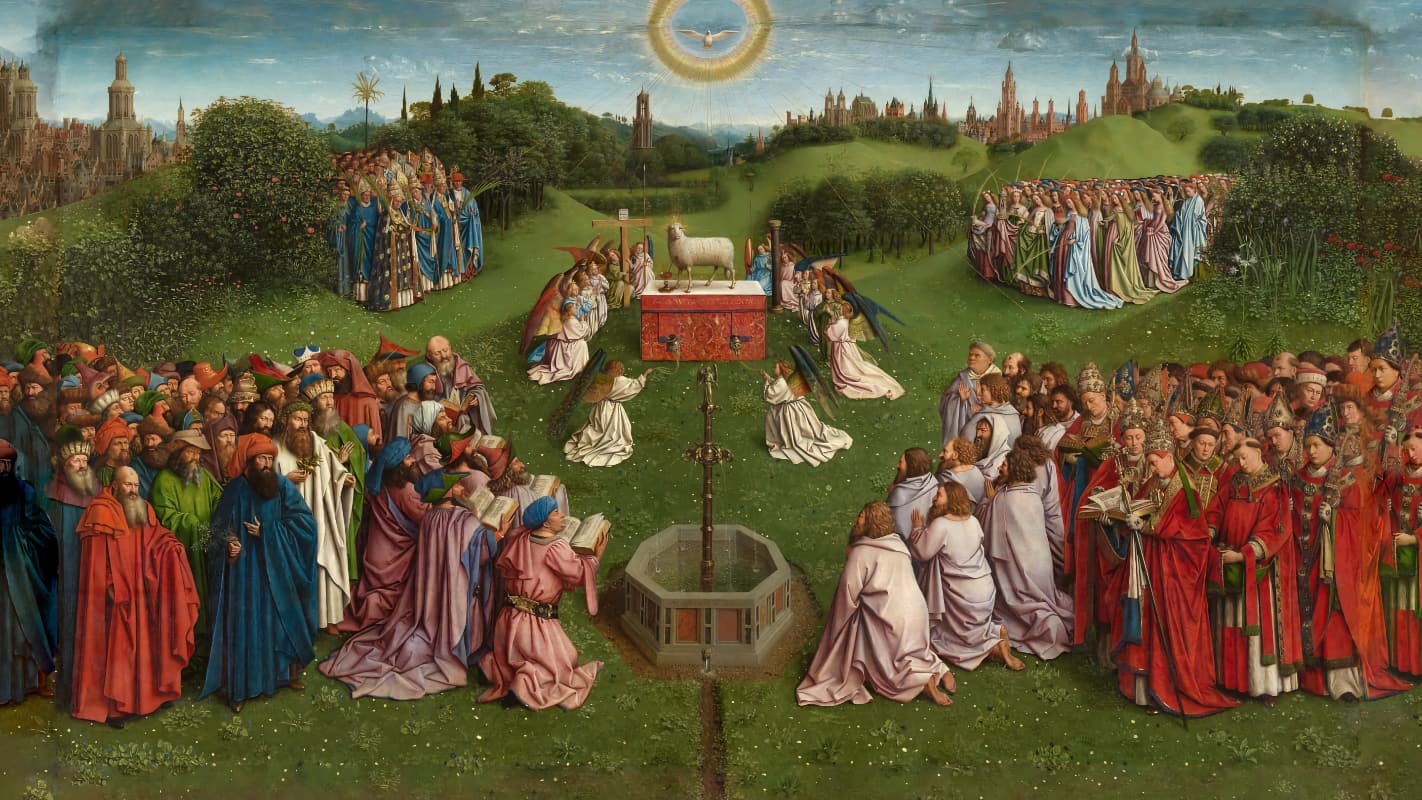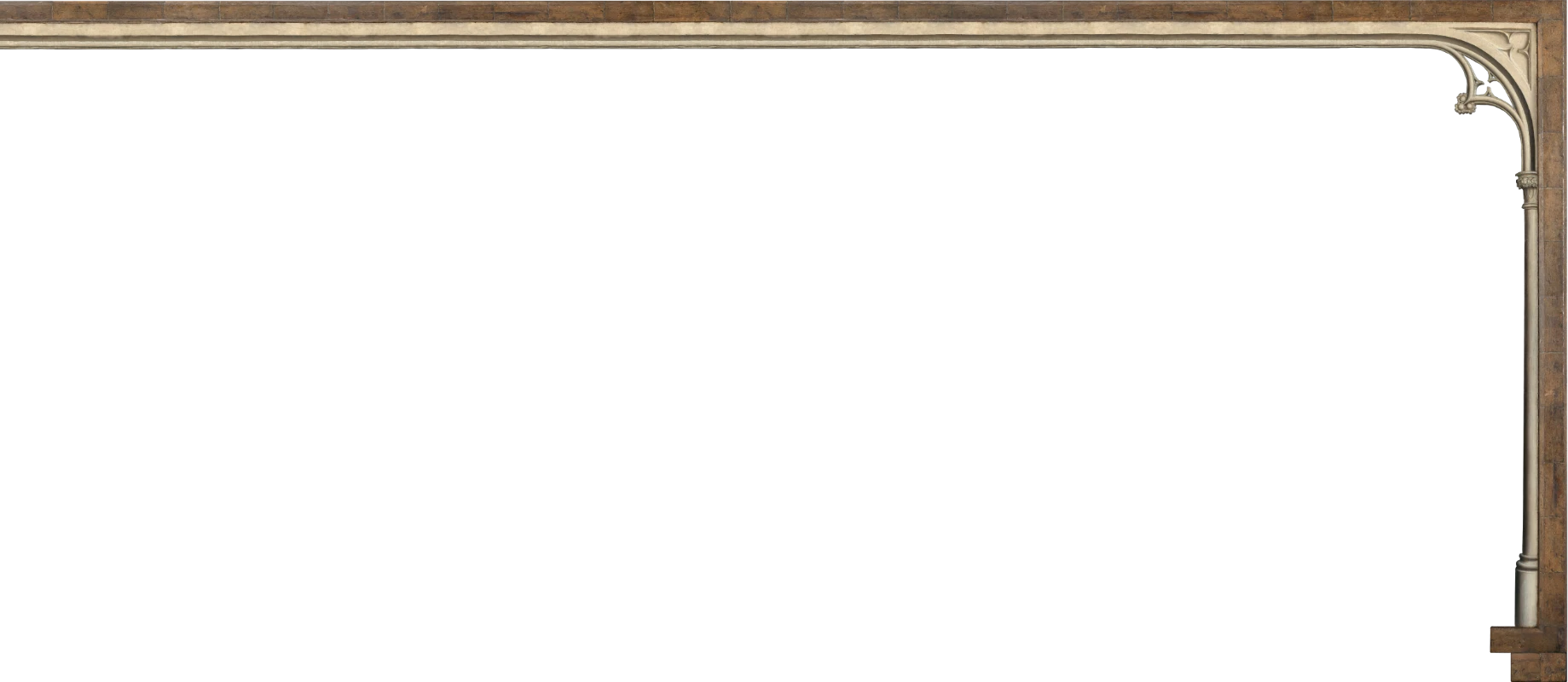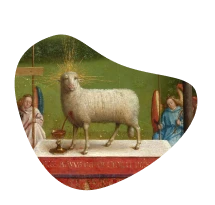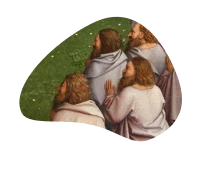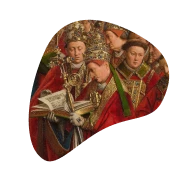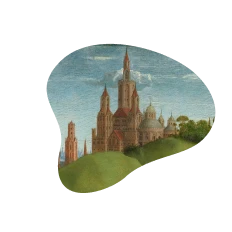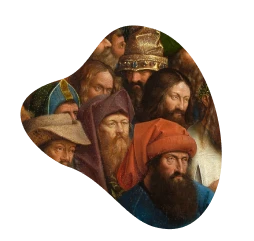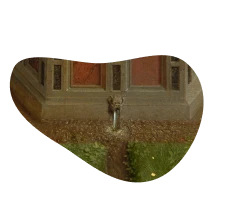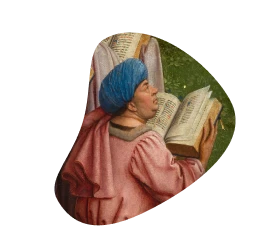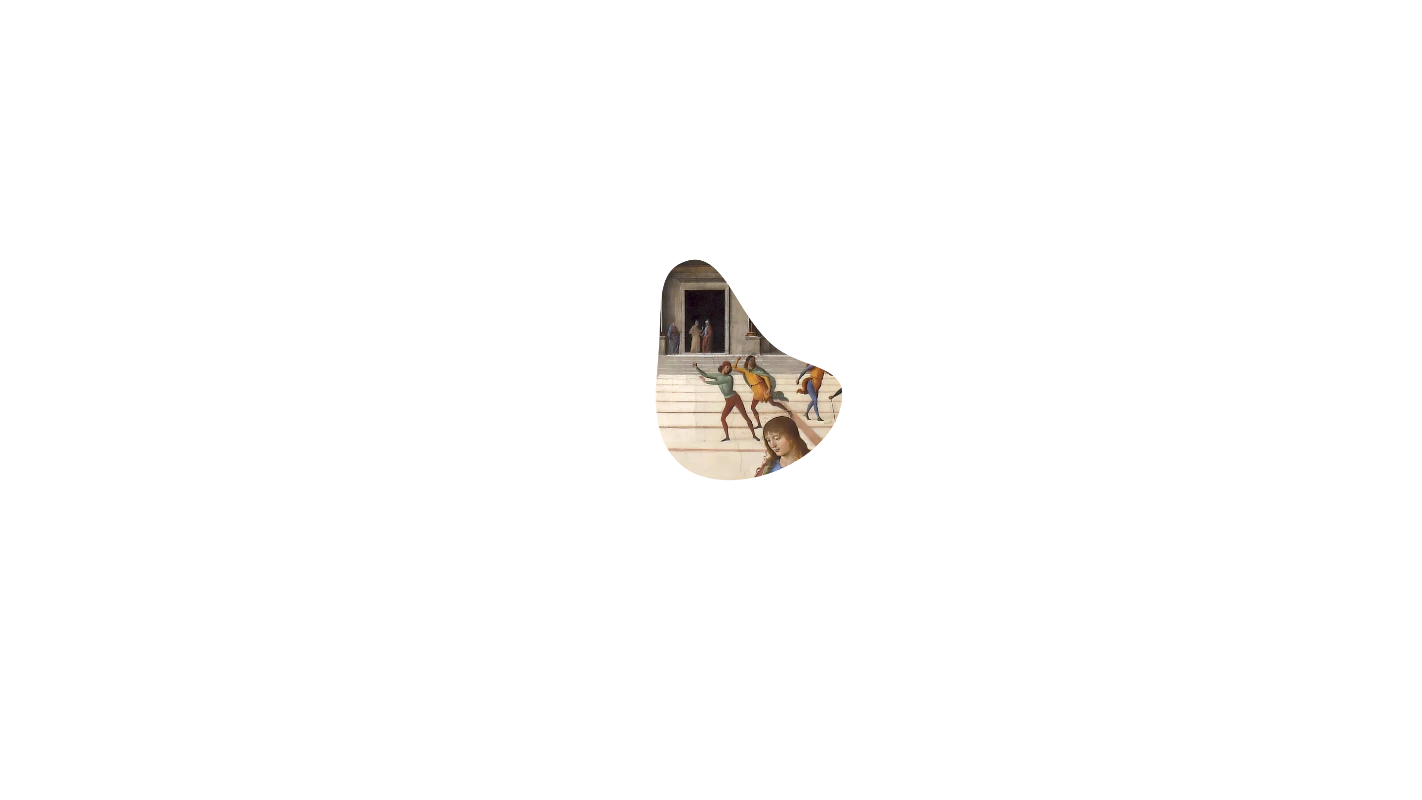The possibility clearly excited Josquin, who prefaced the tenor part in several of the movements of his Missa Di dadi with a pair of dice, each pair giving a different total score. And he certainly knew how to play, living in a place where gambling was so commonplace it was even thought appropriate to refer to it in a mass setting.
Milan under the Sforzas in the late fifteenth century was well known to be a hothouse of gambling.
Milan under the Sforzas in the late fifteenth century was well known to be a hothouse of gambling, with the ducal family taking a leading role. Since there is good evidence that Josquin worked there throughout the 1480s, it seems very possible that he joined in with the fashion, at court and in private. This would certainly explain the (not entirely necessary) presence of the dice in the notational scheme of this mass, as a friendly nod to his singers, and to please the duke—but did he even throw dice to establish his composition plan?

At first sight these dice are nothing more than indicators to the tenors as to how to distribute the notes of the chanson, on which the mass is based, into their part—Josquin having chosen as his cantus firmus the tenor part of Robert Morton’s N’aray je jamais mieulx. For example, the Kyrie is preceded by a pair of dice showing two and one, which tells the singers that the note-lengths of the chanson need to be doubled in order to fit with the other three voice parts. In the Gloria, the dice read four and one, requiring the notes of the chanson to be quadrupled in length. In the Credo, the dice indicate six to one. In the Sanctus it is five to one. So far, so good.
But there are problems. In the Credo the proportion has to be twelve to one, not six, or the notes don’t fit. In the Sanctus, the five to one stipulation does not work across all the notes of the original, only the longer ones. And there are suddenly no dice featured at all after “Pleni sunt caeli” in the Sanctus. Fortunately the printer, Ottaviano Petrucci, anticipating trouble, wrote out a resolution of the tenor parts. Nonetheless, even though the dice are thus rendered redundant, Petrucci still thought it important to include them in the final print. This only further underlines the question: why are they there?

There have been many theories. Some explanations have turned to the first line of the Morton chanson, “Shall I never have better than I have?”, in the hope of finding a clue, though whether this title implies a religious meaning, or is purely secular, is a moot point. Is it no more than the conventional lover’s complaint? Is it the greedy gambler’s gripe? Or is it the languishing soul’s plea for redemption? This last possibility has been taken up by several writers who suggest that the lack of dice after the “Pleni sunt caeli” supports the evidence that in the medieval church there was a change in mood at that point, with the following “Hosanna” and Benedictus serving as a frame for the elevation of the host (the ritual display of the consecrated bread and wine). Since this was the most dramatic and significant moment of the mass it comes as no surprise to find that composers might give it special musical treatment.
There is one further detail. In the sections where the dice are present Josquin only quotes the first six bars of Morton’s tenor. When we get to the “Hosanna” (and also in the Agnus Dei) he quotes the whole of Morton’s chanson tenor—a total of twenty-three bars—which explains why these movements are suddenly more substantial than the preceding ones. The Agnus Dei as a whole is by far the longest movement and a masterpiece of sustained writing. The culmination is in the third Agnus, where for the first time in the whole setting Josquin gives the complete tune to the basses, starting on D (where Morton had placed it an octave higher). All the previous tenor statements have started on G. There is a strong sense of homecoming as a result.
© Peter Phillips / Gimell Records
